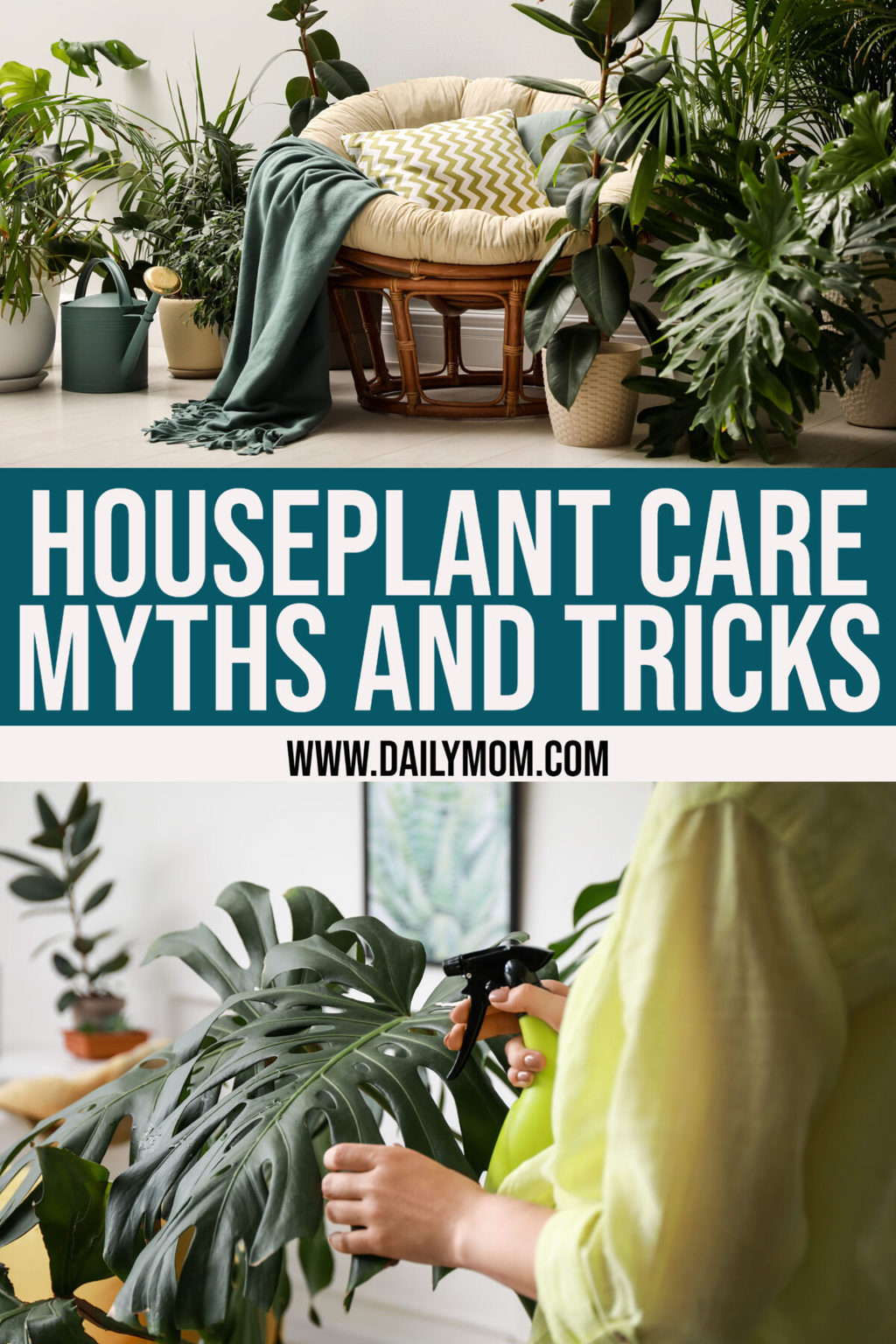The millennial generation gets the rap for a lot of things, including the recent spike in houseplant trends. If you type into your browser, “Are houseplants a trend?” the results show a resounding yes, including attribution to both millennials and the global epidemic. But contrary to your top search hits, this isn’t a new or generational trend. Whether you’re just curious about the plant craze or looking to grow your green thumb, here’s a quick overview of the history of houseplants, a few common myths, and some stellar starting tips for plant care.
The History of Houseplants

As early as the 17th century, gardens were kept largely by the aristocracy as a status symbol, especially as botanists began traveling to identify new plant species. The bigger your garden and the rarer your collections, the greater your wealth. As history evolved, so did how people kept plants. By the 1950s, post-war era family living was drastically different, and people no longer had space for their grandparents’ lavish and sprawling gardens. Smaller homes, flats, and apartment living meant downsizing in all areas, including plants. A reflection of architectural evolution, the styling patterns of houseplants changed too.
Plants have persisted in our homes for plenty of scientific reasons, like air quality, releasing endorphins, and reducing stress hormones. The health benefits are endless. But the simple and quick answer is that plant care makes people happy.
Read More: 5 Amazing Health Benefits of Houseplants
Plant Care Myths

So you want to keep houseplants, but feel intimidated. Let’s debunk a few common myths to help you along your plant care journey because there’s room for everyone at the plant table.
Myth 1: You have to have a green thumb. Plant care (i.e. green thumb) is learned. If you want to keep plants, you absolutely can! But you need to find the right plants for you, and it’s best to start with some that are more forgiving. There are tons of resources for low-maintenance plants. Some top recommendations for starters are Tillandsia (aka air plants, which need no soil and have easy watering habits), Spider plants (come in straight or curly varieties and are also forgiving on the water, plus they look stunning in a hanging basket), Snake plants (tolerate low light settings), and common Philodendrons (Pothos varieties are especially friendly to indoor spaces and handle low/artificial light well).
Myth 2: You need lots of spare time to care for lots of houseplants. The amount of time you spend is entirely up to you and the kinds of plants you choose. Some plants are very fickle and needy (like the dread but popular Fiddle Leaf Fig and Calatheas). One day they look great, and the next they’re dead as can be, leaving you feeling like a failed plant parent. But the right plants can easily follow weekly watering routines and bounce back quickly if you’re busy and forget about them now and then.
Myth 3: Succulents and cacti are easy. This myth is based on the fact that succulents and cacti require very little water, and therefore are theoretically easy on the plant care spectrum because you rarely have to water them. But the catch is that they are insanely easy to overwater, and need full sun. Most interior spaces do not get full sun, and these fun plant friends are best left for outdoor patio spaces where you can still enjoy them, but they have all the light they need to thrive.
Read More: 9 Low Maintenance Plants You Won’t Kill
Plant Care Hacks No One Told You About

Once you select your first houseplants, you need to care for them. Plant care can be a challenge for a host of reasons. But these few tricks can simplify your journey and keep you in the plant game.
Trick 1: Start low and slow. Talk to someone at your local nursery to help pick out your first houseplant. Take care of it for a few weeks before expanding your collection to build your confidence and ease the pain if you lose a plant along the way. (And don’t give up–every plant owner has lost plants at some point, promise!)
Trick 2: Cachepots are game-changers. You don’t want to repot your new plant right after buying it. It went through a lot of stress traveling to your local nursery, and then to your home. The last thing it needs is to be uprooted. It probably doesn’t need to be repotted for around a year anyway, so simply drop your plant–nursery pot and all–into that fancy terracotta pot you selected and style away. Not only does this give your plant’s roots their best undisturbed chance, but nursery pots also have built-in drainage holes, which your plant needs to avoid root rot. Plus, repotting into nursery pots as your plant grows makes for easy plant care.
Trick 3: Water and lighting make or break plant care. Overwatering is probably the most common plant care concern, followed by underwatering, and then lighting. Too much water can cause rot, too little water, and your plant looks like a raisin. Here is the simplest water hack: You can almost always rehydrate an under-watered plant, but you cannot un-rot a plant. And if you have a low light situation, you can supplement with affordable grow lights. This hack gets bonus points because it’s portable and easy to hide when you have company and don’t want your space looking too much like a grow house.
Trick 4: Keep neem oil on hand and learn about beneficial nematodes. Why? Because houseplants are living organisms, and pests will find them. Neem oil and a splash of gentle dish soap not only keep your foliage shiny, but kill/deter most topical pests like spider mites and mealybugs. Beneficial nematodes are easy to apply and quickly eradicate obnoxious soil-dwelling pests like fungus gnats. You can spend a small fortune repotting affected plants, dousing them in peroxide, tracking down mosquito bits and all the other hacks you can find, or you can keep these two products in your repertoire and be a plant care master.
Read More: A Quick Guide to Houseplants
Don’t let a few misplaced myths keep you from joining the history of houseplants. Even the smallest of spaces has room for the joy plants offer. With patience and persistence, you can grow your green thumb too.
WANT TO READ MORE?
Check out Daily Mom’s Garden section for more advice, tips, and tricks.
CONNECT WITH DAILY MOM
💖 NEWSLETTER: DAILY READS IN YOUR INBOX 💖
Sign up to receive our picks for the best things to do, see and buy so you can relax and focus on more important tasks! Let us help you be the best version of yourself you can be!
BE SOCIAL WITH US
📌 LOVE IT? PIN IT!📌










































